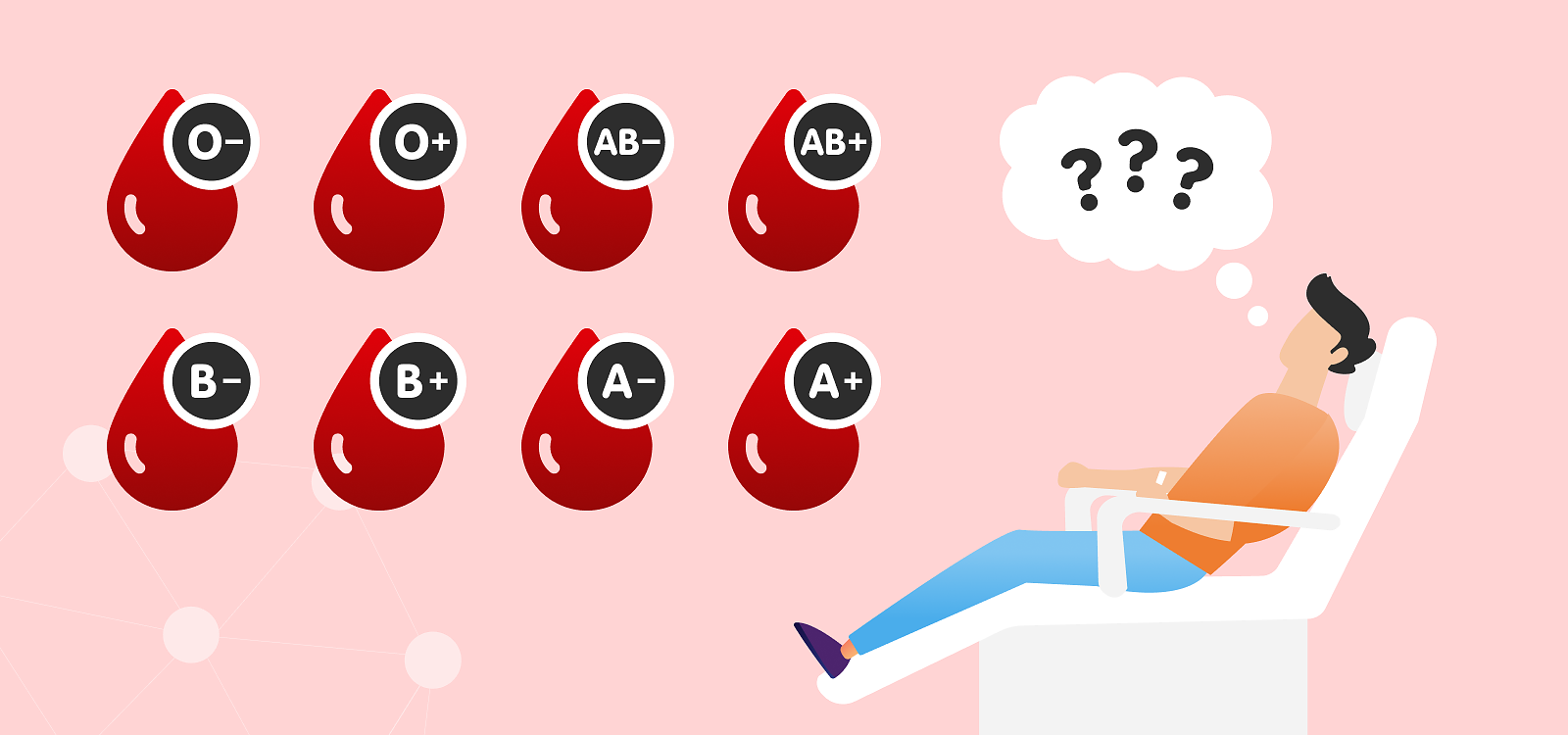Parameter Tuesday: ASPARTATE TRANSFERASE
Aspartate transferase or aspartate aminotransferase (AST) is an enzyme present in various tissues in your body. It is mostly associated with the liver, but it is also present in the kidneys, muscles, heart, and brain. When there is cell damage, AST is released into the blood and it can be a sign of a medical condition.
The liver is your body’s largest gland which produces proteins and cholesterol, stores iron and vitamins and removes toxins from your blood. It also produces bile which helps your body to digest food. Enzymes, such as AST play a crucial role in your metabolism. They help your liver to break down proteins, allowing your body to absorb them. In the liver enzyme panel, AST is normally measured together with ALT (alanine transferase). Both are considered as liver enzymes that are used by doctors to assess the health of your liver.
High AST levels are often a sign of liver damage due to alcohol abuse, hepatitis, liver cancer, or cirrhosis. However, because AST is also present in other parts of the body, high AST levels are not always caused by liver damage. So doctors normally measure AST together with ALT. Whenever ALT levels are normal, and only AST levels are increased it means that the liver is healthy but there is cell damage in another part of the body e.g. muscles, kidneys or heart. In this case, high AST levels can be a sign of pancreatitis, heart problems, hemochromatosis, or mononucleosis. Pregnancy, intense exercise or burns can also cause your AST levels to increase.
While there can be many reasons for an elevated AST, low levels are very uncommon and are normally not a sign for concern.






